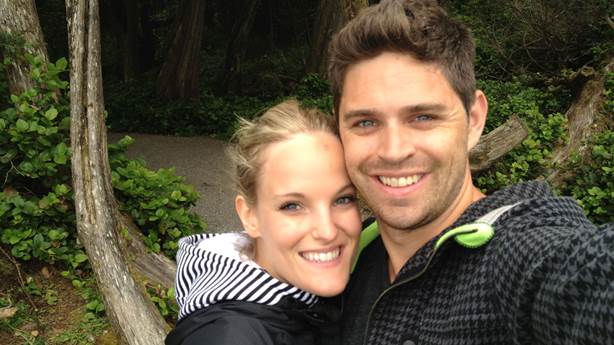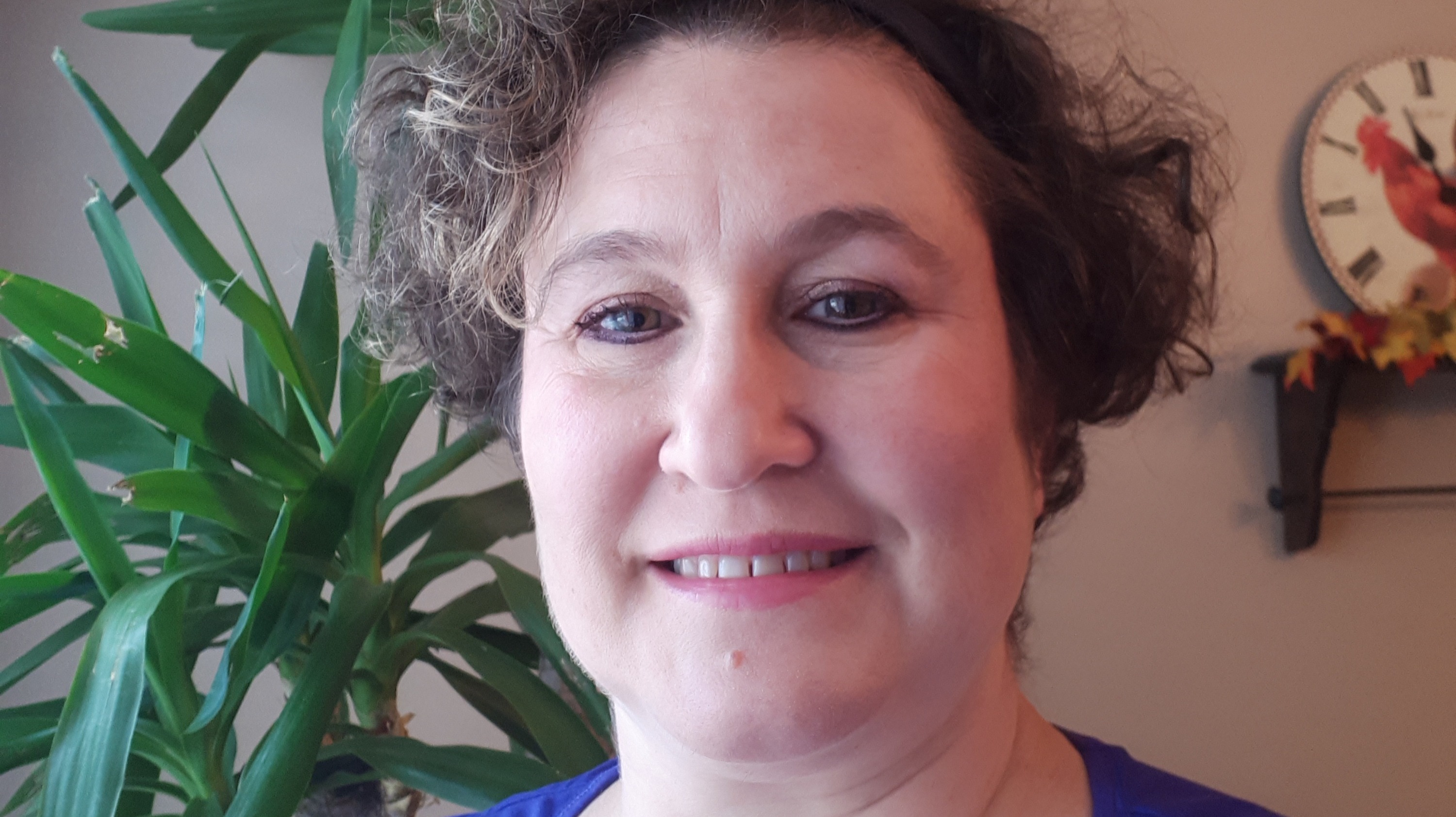Fit, healthy, under 30. While these may not seem like characteristics of someone who has a stroke, data shows that strokes among younger adults are on the rise.
The causes are not always known, but young women face unique risks, including pregnancy and taking oral contraceptives.
Also many are not aware of the signs of stroke or the need to call 9-1-1 right away. “When signs of stroke appear in a younger female, they are more likely to downplay what they are experiencing and waste valuable time before seeking medical help, putting them at risk for a worse outcome,” says Dr. Patrice Lindsay, director of stroke at Heart & Stroke.
Here are three stories that describe what it’s like to be part of this unexpected group.
Jessica: Search for a diagnosis
Six days. That’s how long it took from the time 26-year-old Jessica Shirra felt a snap in her neck — followed by blurry vision in one eye and a splitting headache — to the time she was diagnosed with stroke.

Jessica and her husband, Craig Shirra.
Jessica was at the gym when she started feeling unwell; she left her class and walked home. When she went to emergency, she was told she had a migraine, despite never having had one before.
It was six more days and four medical visits before doctors determined that Jessica had had a stroke — six days of vision problems, difficulties typing and walking, even an inability to do something as basic as putting her hair in a ponytail. Doctors again chalked it up to headaches, then anxiety, before an MRI finally revealed a stroke.
Fast treatment is linked to better chances of survival and good recovery.
What happens in the first few hours following a stroke is a key to how well the person recovers.
In Jessica’s case, even the doctors didn’t suspect she’d had a stroke. And while fast treatment is linked to better chances of survival and good recovery, Jessica was lucky. After three weeks in the hospital, surgery to place three stents in her carotid artery and months of recovery, she was able to walk down the aisle at her wedding to the man who was by her side throughout her stroke journey. Today she has no lasting deficits.
Annie: Pregnancy throws a curve
They say motherhood changes everything, but for Annie Cinq-Mars that came true in ways she never imagined. At age 28 when she was 20 weeks pregnant, Annie returned home from a morning walk feeling strange: she had numbness, difficulty speaking and she lost sight in her right eye.

Annie Cinq-Mars
Though she didn’t know that these are common stroke signs — or that pregnancy can put women at increased risk — she was concerned about her unborn baby’s health and went to the hospital. Doctors determined she’d had a stroke.
Annie’s son was eventually born healthy and without a hitch. But what she assumed was normal new mom fatigue turned out to be something more debilitating. Tasks like keeping up with housework, taking care of the baby and attending to meals felt overwhelming.
Seven weeks after returning to her job as a special education teacher following her maternity leave, her doctor put her on further leave. After two years of rehabilitation, she returned to teaching two days a week. She had to learn how to manage her fatigue and develop strategies to deal with some memory problems.
Now 17, Annie’s son Sacha appreciates having his mom at home after school, but her seemingly never-ending fatigue sometimes frustrates him. Hardest for Annie is that doctors advised against having another child, as they believe her stroke was connected to her pregnancy. This means Sacha has no brothers or sisters. “One stroke leaves many victims,” Annie says.
Erica: Making the best of recovery
Erica Norman often wonders what would have happened if she hadn’t stopped to talk with a fellow gym-goer before heading home from a workout at the YMCA.

Erica Norman
It was a Tuesday evening, and as they chatted, the 27-year-old mechanical engineer started to feel lightheaded and as though she was losing control of her left arm. Struggling to walk, she asked the man to help her to a chair, where she began to vomit. She was barely able to mumble her boyfriend’s phone number and a request to a gym employee to call an ambulance.
Erica’s stroke was caused by a malformation of the blood vessels in her brain which she had from birth but never knew was there.
I’d rather have my life than a left hand that doesn’t shake.
Five months later, few outward signs of her experience remain. But Erica says that during her recovery she struggled with embarrassment over her need to use a wheelchair and then a walker. People often talked baby talk to her, she recalls, increasing her insecurity.
“It’s something I may have been guilty of in the past too. People would see my walker and equate physical disability with mental disability,” she says. “That’s an uncomfortable feeling.”
Though she now walks unassisted, Erica has a tremor in her hand and says she still has coordination problems. But she says the stroke has changed her perspective — and inspired her to help others like herself. She’ll soon be starting a master’s program in physiotherapy.
“Before, I hid behind a lot of fear about what people thought of me. But I’d rather have my life than a left hand that doesn’t shake.”
- Know the signs of stroke.
- Learn more in our 2018 Stroke Report.

